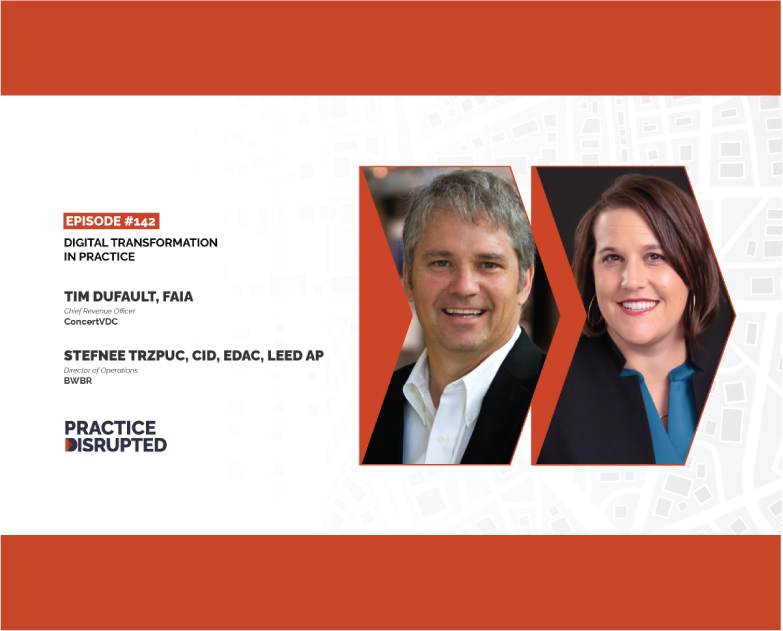The Big Cost of “Bad Data”
This article summarizes the recently published white paper from Autodesk, “Harnessing the Data Advantage in Construction.” (https://tinyurl.com/43js62t4)
Autodesk estimates the cost of “bad data” in the construction industry is $1.8 trillion globally. “Bad data” is defined as information that is either “inaccurate, incomplete, inaccessible, inconsistent, or untimely.” We might look at three factors that may make this situation worse than even this estimate:
- Data Deprication: Construction data often trades data-rich digital media for 2D drawings, which do not tell as complete a story.
- Data Saturation: The volume of construction data has increased rapidly but the tools used for managing that data have not.
- Data Managers: while the amount of data is increasing – as much as 50% cited in the report – the number of people tasked with tracking the data has not increased proportionately.
Another serious issue with bad data is that it is generally correlated with massive construction waste. A report cited in this white paper indicate that construction waste is expected to grow to 2.2 billion tons globally by 2025. While some share of this is demolition waste, a large share is material over-provisioning and rework. Nearly half of global landfill is from construction.
Finally, the article sites a McKinsey report that indicates that 70% of large projects come in 40% late. The same report indicates that 98% of such projects incur cost overruns and delays with an average cost overrun of 80% and average delay of 20 months. This is clearly one of the most critical issues to solve from both a business and environmental perspective.
At CONCERT, we desire two things. First, we want to enable a wider and deeper use of digital authoring tools in design and construction. CONCERT creates a way to sign and seal digital data whether it is 2D, 3D or non-dimensional as for example a parametric algorithm. This makes it sharable with contractors and permitting authorities who can then use tools to more quickly and accurately evaluate it. Second, we want to ensure that all parties are using good data. We do this by ensuring that all files used on a project can be authenticated as to their provenance and authorship.
Results so far have been very good. In CONCERT projects, we have seen not only on-budget and on-time results, but actual ahead of schedule and under-budget results. We look forward to sharing some of those stories in the coming months.





